
Stress has become such a big part of our daily lives we have started to accept it as the norm. In her latest column, our Wellbeing Expert Niamh Deans explains how yoga really can help with alleviating stress. (And science agrees.)
So many of us live our lives in a state of stress. Western society is riddled with anxiety and stress which manifest in the body as ill health. This has become the norm and the effects it has on our well-being are far-reaching. Understanding how the nervous system works is the first step in managing stress. I read so many articles with tips for relaxing and unwinding which are all well and good but understanding the science behind it is the first and best way to comprehend how our bodies function and unleash potential symptoms of stress.
See Niamh's previous articles on what the body's core really means and 'Everything You Always Wanted to Know About Yoga' here.
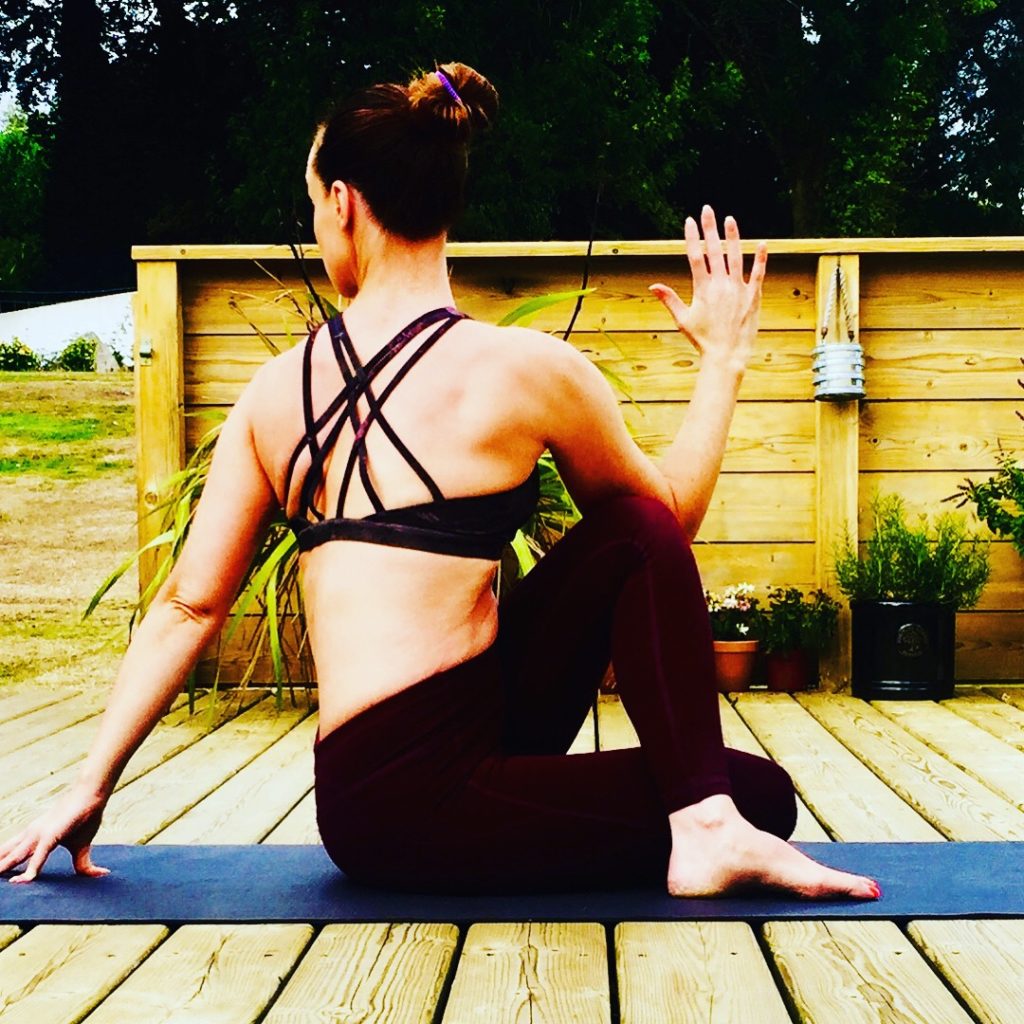
Stress is not all bad
First off, not all stress is bad. Stress is the body's way of protecting itself. Our nervous system is made up of the sympathetic and parasympathetic. The sympathetic elicits the 'fight or flight' response. This kicks in if the body thinks we are in danger and the body releases stress hormones. When we are in a dangerous situation, these hormones serve us wonderfully. Blood pressure, heart rate and muscle tension increase, the brain becomes agitated. Blood flow is directed away from the vital organs to the arms and legs. In this state, the increase in blood to the limbs can be as much as 400%. Digestion is inhibited as are fertility and growth. The immune system is weakened and our metabolism goes into overdrive. This is essential when we need it and this adrenalin kick helps us to nail that presentation or to do out of body feats when necessary in emergencies. The problem in today’s society is that people are living in this state and states of chronic stress are manifesting as the most serious and prevalent illnesses in our society.
Our bodies are smart and are always trying to find balance. The parasympathetic system 'rest and restore' counters the 'fight or flight’. When we are overstressed, the sympathetic nervous system doesn't turn off the way it is supposed to and begins to dominate the parasympathetic. Bringing the body into a 'relax and restore' state helps to counter this.
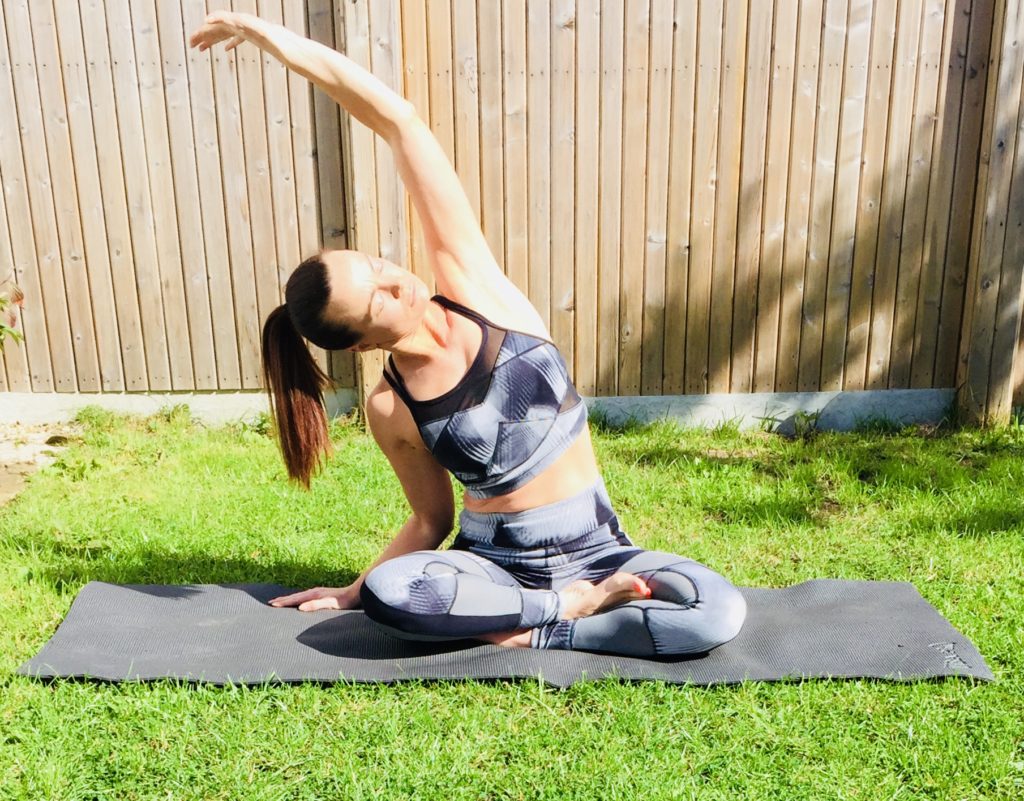
Seated Side Stretch - creates space between the intercostal muscles improving breath capacity
Science backs yoga
Advertised
The relaxation response has hugely beneficial effects on the body. Yogis have long been aware of the effect of the breath on the nervous system. Now science has caught up; a group of scientists at Stanford University School of Medicine discovering that specific neurons connect breathing and state of mind. Deep breathing calms the whole system. By deep breathing, I mean breathing right to the pit of the belly, not high up in the lungs. The relaxation response is initiated on the out breath so we are looking to extend the exhale.
It is ironic that, in modern day society, we are told to take a deep breath in order to relax when really what we ought to be doing is exhaling fully, right to the pit of the belly (when exhaling fully, the tummy muscles will engage lightly to fully empty the belly), emptying and blowing out all the breath fully and then taking a full fresh inhale so that we can once again initiate a full and wholesome exhale.
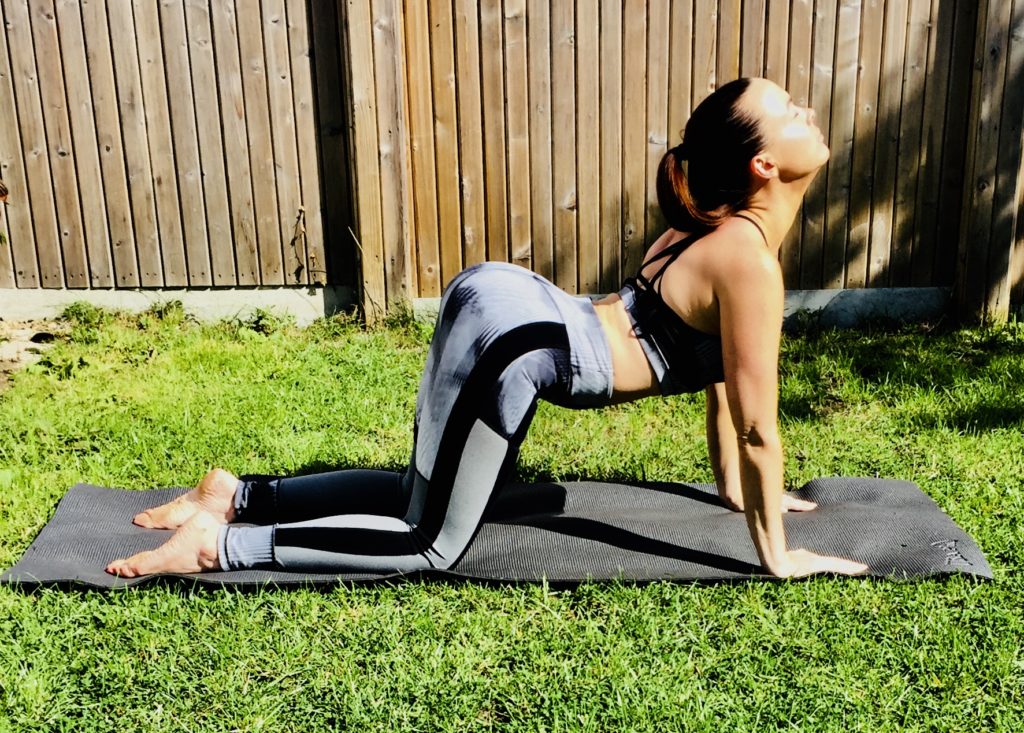
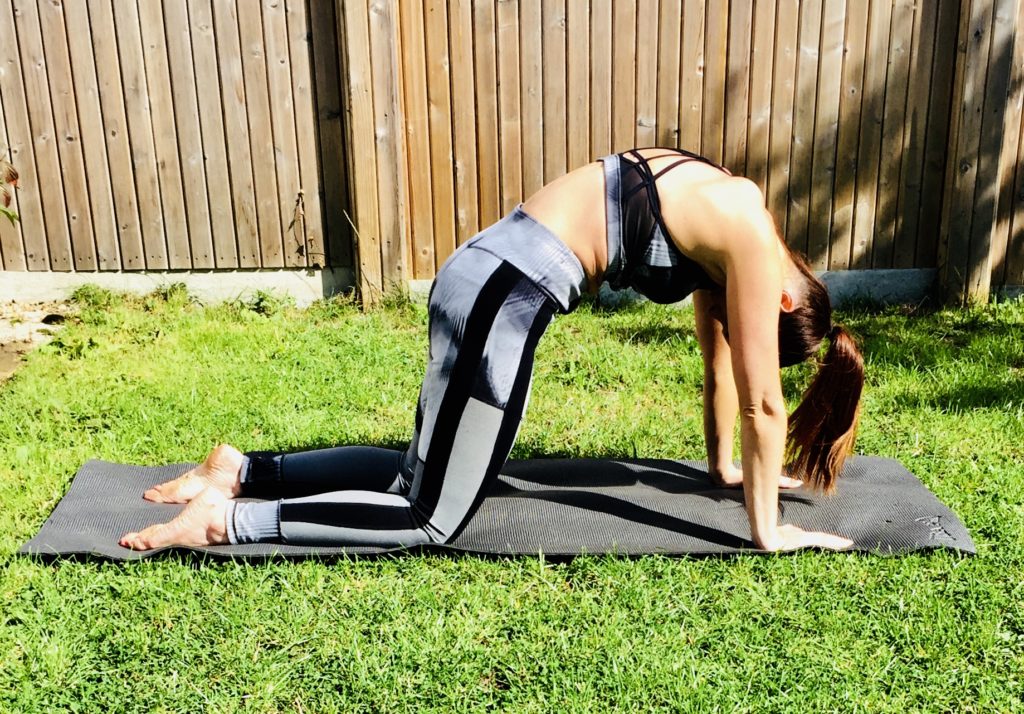
Cat/Cow - stretches the back, chest and lung muscles
The 7-2-11 technique
7-2-11 is a breathing technique which is simple to remember and can be applied in any situation to calm the system. Inhale for 7, hold for 2 and exhale for a count of 11. On the exhalation, we lower the heart rate, blood pressure and dilate the pupil which lowers emotional response in the system, thus calming the nervous system. The effects of initiating the relaxation response are cumulative. It is like banking savings. The more you initiate the relaxation response the more your system benefits as the effects are protective long after practice.
Yoga initiates the relaxation response through accessing the breath, the asana and through deep relaxation techniques. The calming effects of R&R are more dramatic than those we get from sleep. Learning to quieten the mind is like cleaning it up, and this can help also to stop negative mental patterns. Deep breathing improves vagal tone, stimulating the vagus nerve and slowing the heart rate. The vagus nerve is the 'captain of the ship' of the nervous system. It is the autonomic nervous system's longest nerve and yoga and meditation stimulate the vagus nerve, improving vagal tone. (Read more about the vagus nerve here.)
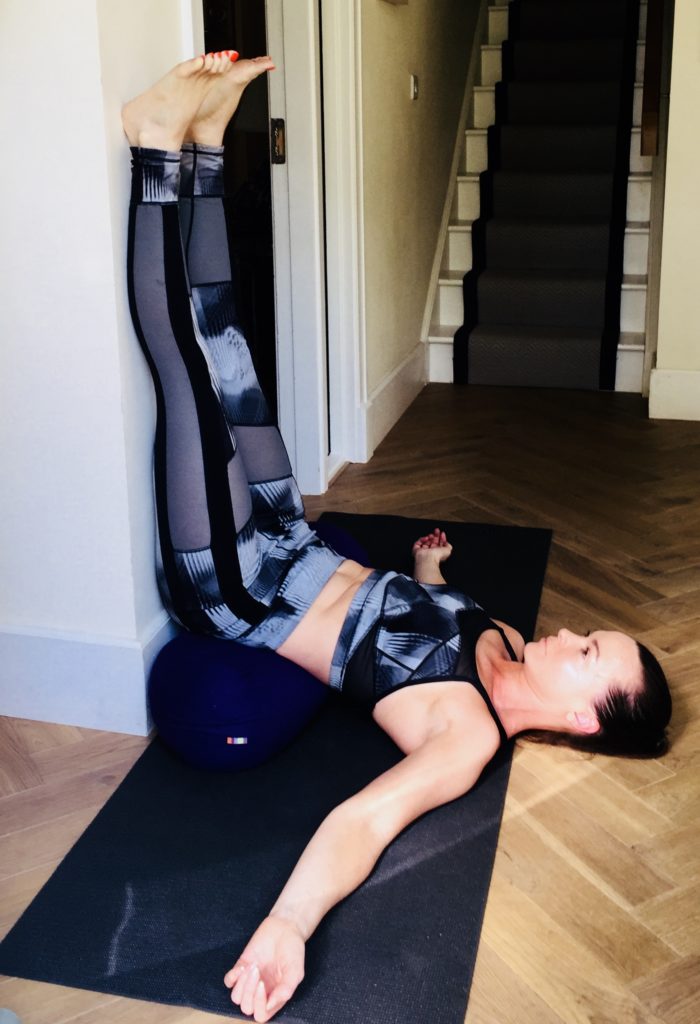
Legs Up The Wall - restorative pose which brings all of the benefits of an inversion without going upside down.
We tend to spend our lives largely unaware of the breath and the power of the breath in regulating our whole system and body function. How often do you observe your breath? Observing the breath allows us to anchor ourselves in the present moment and also to observe how the breath can regulate the whole system when directed to do so. The effect of observing the breath in this way benefits all round well-being and mental presence. There is power in the breath.
Advertised
‘When you learn to breathe freely, you are also learning to think and live freely’ - Donna Farhi, 'Yoga Mind, Body and Spirit'
Niamh specialises in Corporate Yoga and Sports Yoga and also teaches at The Samadhi Centre, Rathgar. For enquiries contact Niamh on 087-2057190 or [email protected] or follow Niamh on Instagram @ndyogadays or ND Yoga on Facebook.



